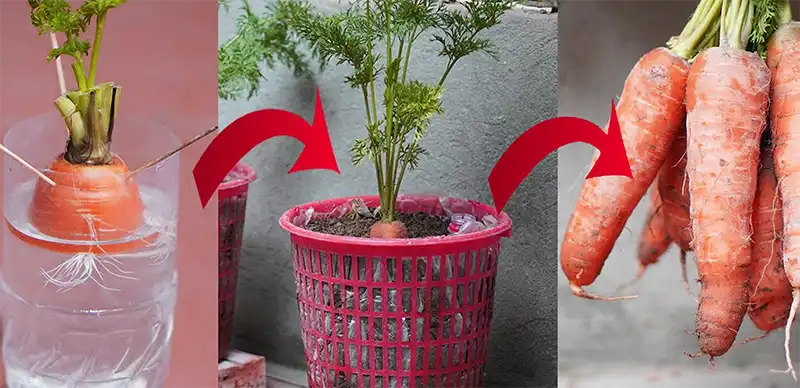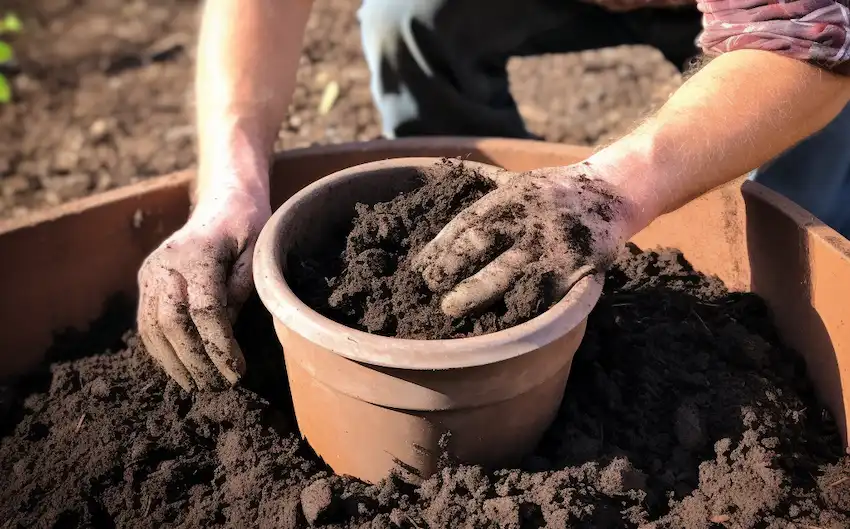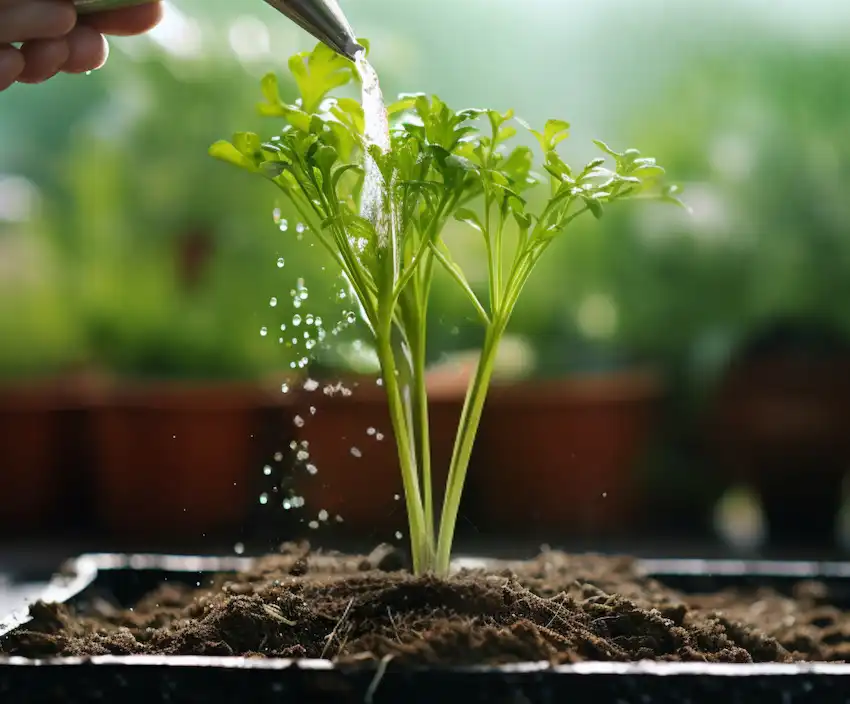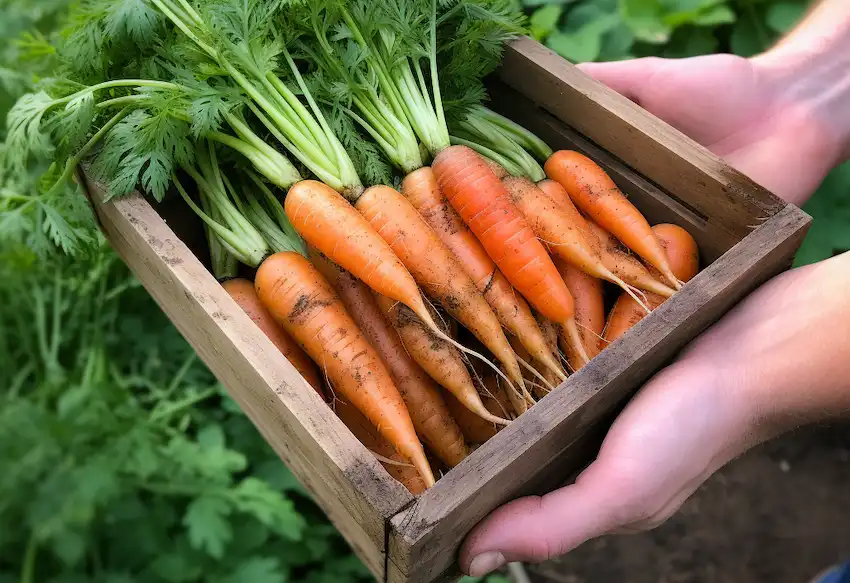Growing Carrots in Containers: A Guide to Successful Home Gardening

Growing your own carrots at home is a rewarding and enjoyable gardening experience. Whether you have limited outdoor space or simply want to have more control over your crop, containers provide an ideal solution. In this article, we’ll guide you through the step-by-step process of growing delicious and vibrant carrots in containers right at your home.
1. Choosing the Right Container:
Selecting the appropriate container is crucial for the success of your carrot garden. Here are some key considerations:
- Size: Choose containers that are at least 12 inches deep to allow sufficient root growth. A width of about 12-18 inches will provide ample space for multiple carrot plants.
- Material: Opt for containers made of materials like plastic, ceramic, or wood. Make sure they have drainage holes to prevent waterlogging.
- Shape: Rectangular or square containers provide more space for carrots to grow compared to round containers.
2. Preparing the Soil:

Carrots thrive in loose, well-draining soil. Follow these steps to prepare the perfect soil mix:
- Loosen the Soil: Use a trowel or garden fork to loosen the soil in the container. This helps promote healthy root growth and prevents soil compaction.
- Soil Mix: Create a lightweight mix by combining equal parts of potting soil, vermiculite, and compost. This blend ensures good drainage while retaining moisture.
3. Sowing Carrot Seeds:
Sowing carrot seeds is a simple process, but it requires attention to detail for optimal results:
- Seed Spacing: Sprinkle carrot seeds evenly across the soil surface. Aim for a spacing of about 2 inches between seeds.
- Depth: Carrot seeds are small, so they should be sown shallowly. Gently press them into the soil, covering them with approximately 1/4 inch of soil.
4. Caring for Carrot Seedlings:

Once your carrot seeds have germinated, there are several essential care steps to follow:
- Thinning: When seedlings are about 2 inches tall, thin them to a spacing of 3-4 inches apart. This ensures proper root development and prevents overcrowding.
- Watering: Keep the soil consistently moist but not waterlogged. Carrots require even moisture to prevent cracking and splitting.
- Fertilization: Apply a balanced liquid fertilizer every 3-4 weeks to provide essential nutrients for healthy growth.
5. Dealing with Challenges:
Carrot gardening can come with its share of challenges. Here’s how to address common issues:
- Pests: Protect your carrot plants from pests like aphids and carrot rust flies by using floating row covers or applying natural pest repellents.
- Diseases: Prevent diseases like fungal infections by ensuring good air circulation and avoiding overhead watering.
- Soil Quality: Regularly monitor the soil moisture and adjust watering as needed. Too much water can lead to rot, while too little can cause stunted growth.
6. Harvesting:
Carrots are typically ready for harvest within 60 to 80 days after sowing. Look for these signs of readiness:
- Size: Mature carrots should have a vibrant color and a diameter of around 1/2 to 3/4 inches.
- Gently Pull: Carefully pull the carrots out of the soil. If you encounter resistance, the carrots might need more time to grow.

Growing carrots in containers at home is an achievable and fulfilling endeavor. With the right container, soil, and care, you can enjoy the satisfaction of harvesting your own homegrown, delicious carrots. Embrace the process and watch as your garden flourishes with this versatile and nutritious vegetable.



















